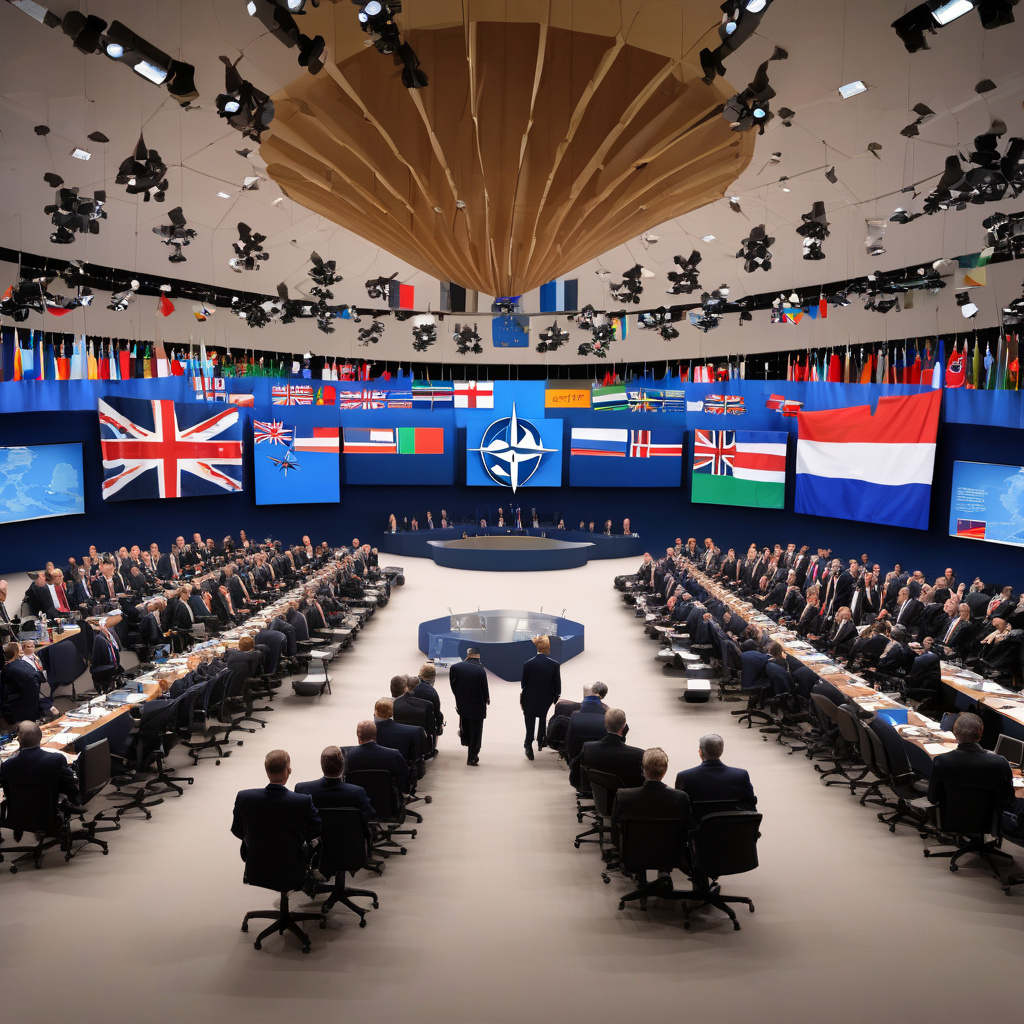The Impact of Cyber Threats on the NATO Summit
The recent NATO summit has been a pivotal event for global security, bringing together leaders from member countries to discuss pressing issues and strategic alliances. However, amidst the discussions on defense budgets, military cooperation, and geopolitical challenges, there is a looming shadow that threatens to disrupt the proceedings – cyber threats. With pro-Russian hacktivists expected to exploit the outcomes of the summit, cybersecurity has taken center stage as a critical concern for NATO and its member states.
In recent years, cyber threats have become increasingly sophisticated and pervasive, posing a significant risk to national security and international stability. Hacktivist groups, with allegiances to various state actors, have been known to target government institutions, critical infrastructure, and multinational organizations. Their motives range from espionage and sabotage to political manipulation and propaganda dissemination. As such, the potential for cyber attacks during a high-profile event like the NATO summit is a cause for serious alarm.
The rise of pro-Russian hacktivists in particular has raised concerns among Western intelligence agencies and cybersecurity experts. These groups, often operating with the tacit support or encouragement of the Russian government, have been implicated in a range of cyber incidents targeting NATO members and their allies. From disinformation campaigns and social media manipulation to data breaches and ransomware attacks, the tactics employed by pro-Russian hacktivists are diverse and disruptive.
One of the primary objectives of these groups is to undermine the cohesion and credibility of Western institutions like NATO. By exploiting sensitive information, spreading fake news, and sowing discord among member states, pro-Russian hacktivists seek to weaken the alliance and advance Moscow’s strategic interests. The upcoming summit provides a prime opportunity for these actors to escalate their cyber operations and amplify their impact on the global stage.
In response to this growing threat, NATO member states have been ramping up their cybersecurity measures and cooperation efforts. Enhanced information sharing, joint training exercises, and investment in cutting-edge technologies are all part of the alliance’s strategy to bolster its cyber defenses. Moreover, NATO has been working closely with industry partners, academia, and civil society to strengthen resilience against cyber attacks and build a more secure digital environment.
Despite these efforts, the challenge of countering cyber threats remains formidable. The rapidly evolving nature of technology, the increasing interconnectedness of critical infrastructure, and the asymmetric capabilities of malicious actors all contribute to the complexity of the cybersecurity landscape. As such, a comprehensive and adaptive approach is needed to effectively mitigate the risks posed by pro-Russian hacktivists and other threat actors.
In conclusion, the NATO summit serves as a stark reminder of the urgent need to address the growing menace of cyber threats. As pro-Russian hacktivists continue to exploit vulnerabilities and target Western institutions, the alliance must remain vigilant and proactive in defending against cyber attacks. By prioritizing cybersecurity, fostering greater collaboration, and leveraging innovative solutions, NATO can enhance its resilience and safeguard its strategic interests in an increasingly digital world.
cyber threats, NATO summit, pro-Russian hacktivists, cybersecurity, hacktivist groups












